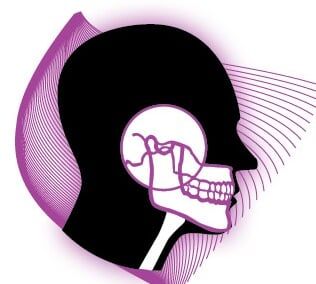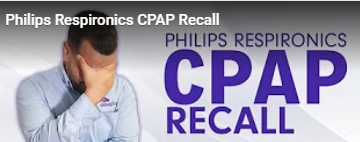Is an umbrella term covering pain and dysfunction of the muscles of mastication, the muscles that move the jaw, and the temporomandibular joints – the joints which connect the lower jaw to the skull. The most significant symptoms are pain, restricted jaw movement, and noises and clicks from the jaw joints (TMJ) during movement. Although TMD is not life-threatening, it can be detrimental to quality of life, because the symptoms can become chronic, difficult to manage and quite painful.
TMD is a “complex set of symptoms” rather than a single condition, and it is thought to be caused by multiple factors. However, these factors are poorly understood, and there is disagreement as to their relative importance. There are many treatments available, although there is a general lack of evidence for any treatment in TMD, and no widely or one accepted treatment protocol. Common treatments include occlusal splints, psychosocial interventions like cognitive behavioral therapy, and pain medication or others. Most sources agree that no irreversible treatment should be carried out for TMD. The good news is that much of the confusion over the cause and treatment of this disorder stems from the many different causative factors and the long list of possible symptoms that vary from patient to patient. Why is this good news? Because the healthcare providers that have a large volume of experience in treating this disorder have gained an understanding that no one treatment fits all patients and as a result have acquired the knowledge and experience to better provide the right treatment for the right patient for the their specific cause and reason they suffer from TMJ – better called TMD.
About 20% to 30% of the adult population is affected to some degree. Usually people affected by TMD are between 20 and 40 years of age, with it being more common in females than males. TMD is the second most frequent cause of orofacial pain after the common toothache.













